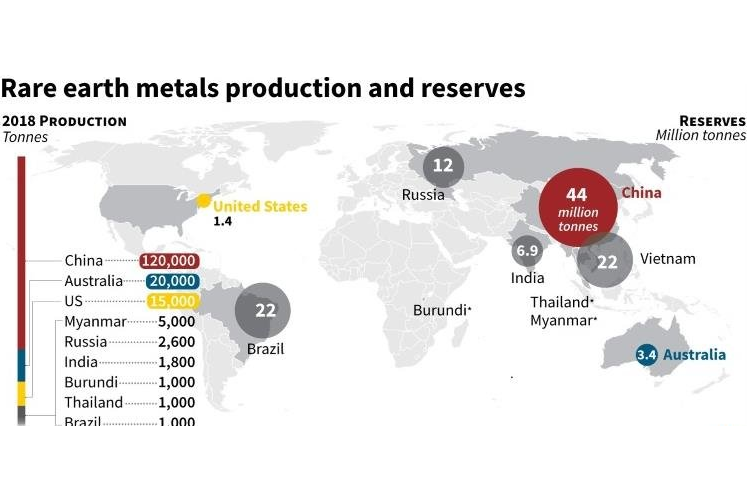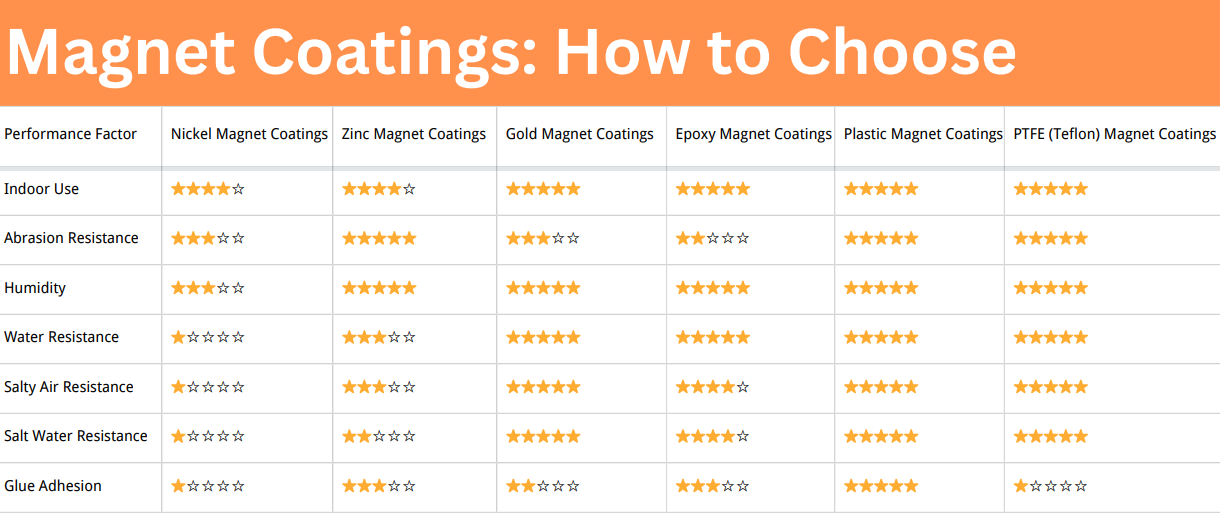All about Rare Earth Elements
Rare earth elements (REEs) may not be household names, but they power many of the technologies we use every day. From smartphones and electric vehicles to military radar systems and renewable energy technologies, REEs are indispensable.
What Are the Rare-Earth Elements?
Rare-earth elements are a group of 17 chemically similar elements in the periodic table. This group includes 15 lanthanides—atomic numbers 57 (lanthanum) through 71 (lutetium)—plus scandium (Sc) and yttrium (Y), which often occur in the same ore deposits and have similar chemical properties. These elements are generally divided into:
- Light rare earth elements (LREEs): Lanthanum through samarium (atomic numbers 57–62)
- Heavy rare earth elements (HREEs): Europium through lutetium (atomic numbers 63–71), plus yttrium
Though they share many properties, each REE has unique applications due to differences in atomic structure and electronic behavior.
List of the Rare-Earth Elements
Here’s a breakdown of the 17 REEs and where they are typically found in nature:
|
Element |
Symbol |
Notes |
|
Lanthanum |
La |
Used in camera lenses, batteries |
|
Cerium |
Ce |
Polishing powders, catalytic converters |
|
Praseodymium |
Pr |
Magnets, aircraft engines |
|
Nd |
High-strength magnets |
|
|
Promethium |
Pm |
Used in nuclear batteries |
|
Sm |
Magnets, neutron capture |
|
|
Europium |
Eu |
Red phosphors in TVs and LEDs |
|
Gadolinium |
Gd |
MRI contrast agents |
|
Terbium |
Tb |
Green phosphors, solid-state devices |
|
Dysprosium |
Dy |
High-temperature magnets |
|
Holmium |
Ho |
Magnetic flux concentrators |
|
Erbium |
Er |
Optical fibers, lasers |
|
Thulium |
Tm |
X-ray equipment |
|
Ytterbium |
Yb |
Lasers, atomic clocks |
|
Lutetium |
Lu |
PET scan detectors |
|
Scandium |
Sc |
Lightweight alloys |
|
Yttrium |
Y |
LEDs, superconductors |
These elements are often recovered from a few key mineral types, such as bastnäsite (North America and China), monazite (Australia, India, Brazil), and xenotime (Malaysia, Thailand).
Rare-Earth Elements Country Distribution
Global REE production and reserves are highly concentrated. According to the US Geological Survey (USGS) 2024 data:
- China dominates production, accounting for about 60–70% of global output. Major mining regions include Inner Mongolia (Bayan Obo), Sichuan, and Jiangxi provinces.
- Vietnam and Brazil hold significant reserves and are expanding production.
- The United States produces REEs primarily from the Mountain Pass mine in California, though most ores are still sent to China for processing.
- Australia is home to the Mt. Weld mine, one of the richest REE deposits, operated by Lynas Rare Earths.
- Russia, India, and Myanmar also have notable reserves and mining activity.
This geographic concentration creates supply risks, particularly for countries with limited domestic production.

How Do We Use the Rare-Earth Elements?
Rare earths are vital to modern life. Their unique electronic, magnetic, and optical properties make them essential to:
- Electronics – Smartphones, tablets, and computers use REEs like neodymium and dysprosium in speakers and vibration units.
- Magnets – Neodymium-iron-boron (NdFeB) magnets are among the strongest known and are critical for wind turbines, hard drives, and electric motors.
- Clean Energy – Wind turbines and electric vehicle motors depend on high-performance magnets made from REEs.
- Defense – REEs are used in missile guidance, jet engines, sonar systems, and satellite communications.
- Lighting & Displays – Europium, terbium, and yttrium are used in red, green, and blue phosphors for LED and LCD screens.
- Medical Technologies – Gadolinium is used in MRI contrast agents; lutetium in PET scans.

How Do We Ensure Adequate Supplies of Rare-Earth Elements for the United States?
To address supply risks, the U.S. is pursuing a multi-pronged strategy:
- Domestic Production: Investments in facilities like Mountain Pass aim to build a full mine-to-magnet supply chain by 2027.
- Recycling: Agencies like the DOE and DoD fund programs to recover REEs from used electronics and magnets. Companies like Urban Mining Co. are leading this effort.
- Research and Substitution: Ongoing R&D explores REE alternatives and improved extraction technologies.
- Alliances: Partnerships with countries like Australia, Japan, and members of the EU help diversify sources and strengthen supply resilience.
These combined efforts aim to reduce reliance on China and enhance long-term supply security.
Further reading: Recycling of Rare Earth Elements
Conclusion
Rare-earth elements are the backbone of our high-tech, low-carbon world. Yet, their uneven global distribution and complex supply chains pose significant economic and geopolitical challenges. As global demand rises—especially for clean energy and defense applications—the need to diversify sources and invest in domestic capabilities becomes ever more urgent. Whether through recycling, innovation, or strategic partnerships, securing rare earths will remain a key objective for technological and national security in the 21st century. For more information, please check Stanford Magnets.
Reference:
- Goonan, T. G. (2014). Rare Earth Elements—The Global Supply Chain (USGS Fact Sheet 2014–3078). U.S. Geological Survey. Retrieved from https://pubs.usgs.gov/fs/2014/3078/pdf/fs2014-3078.pdf
- Rahman, A. (2020). World map showing reserves of rare earth metals vital to the production of high-tech devices. In Rare earth elements: Supply, demand, and sustainability. ResearchGate. Retrieved from https://www.researchgate.net/figure/World-map-showing-reserves-of-rare-earth-metals-vital-to-the-production-of-hightech_fig1_344560698














